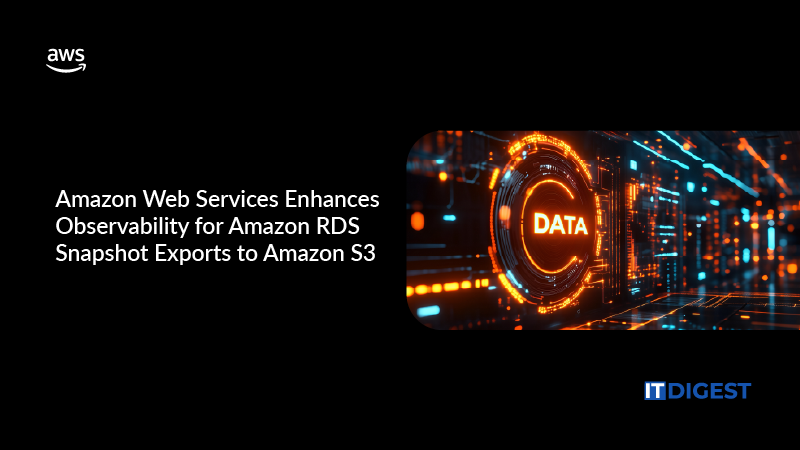ScienceLogic, a leader in automated IT operations, announced updates to its SL1 AIOps platform that enable operations teams to rapidly identify and respond to issues within hybrid cloud application stacks, further accelerating mean time to repair (MTTR). Fueled by customer requests for a more streamlined and customizable operator experience than currently available on the market, the updated SL1 interface brings mission-critical information front and center to streamline operations in high-pressure situations.
The updates represent the first in a series of more frequent “experience pack” releases from ScienceLogic. The agile cadence will allow the SL1 software engineering teams to deliver UI enhancements and other workflow improvements to the company’s global customers more frequently without requiring major release upgrades.
The Q1 2024 experience pack is focused on streamlining platform dashboards and reporting so the intuitive UI surfaces critical information, driving greater efficiency and faster response. Specific updates include:
- Personalized Operational Views – Easily create custom dashboards with critical points of contact and links to best practice documentation so staff can find experts, ensure compliance with operating procedures, and report to executives faster.
- Critical Health Indicator – Synthesize observability insights through an application stack’s health percentage to instantly gauge critical issues, assign resources and take action to minimize customer impact.
- View Normalization & Gap Elimination – Eliminate ‘blank fields’ found in tools that try to apply a common view across disparate software and show the details your teams need to respond. Accelerates response times and prevents ‘false positives’ if a unique device isn’t providing the same types of information.
- Chain of Event Analysis – Quickly scan a chain of events that has been rolled up (masked) to identify the origin of service issues and any similar events since SL1 flagged the initial issue so response teams have more detail to fix an issue the first time.
“We’re committed to continuous improvement and believe this accelerated release cadence will foster a tighter feedback loop with our users. Their input and real-world perspective will help shape our product roadmap, ensuring that the SL1 platform is continually optimized for our customers’ evolving requirements,” said Michael Nappi, chief product officer at ScienceLogic.
These updates follow the company’s major SL1 release in late 2023. ScienceLogic is always looking for leapfrog opportunities to enhance customers’ user experience and deliver efficiencies that collapse time to solve complex problems across intelligent edge networks, public cloud, and even legacy global application estates.
SOURCE: Businesswire
































